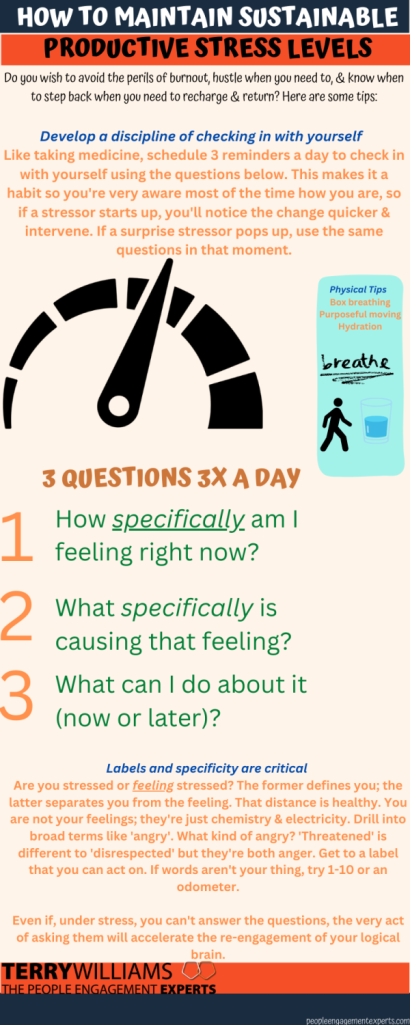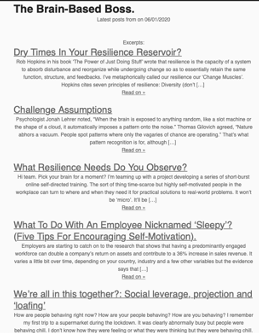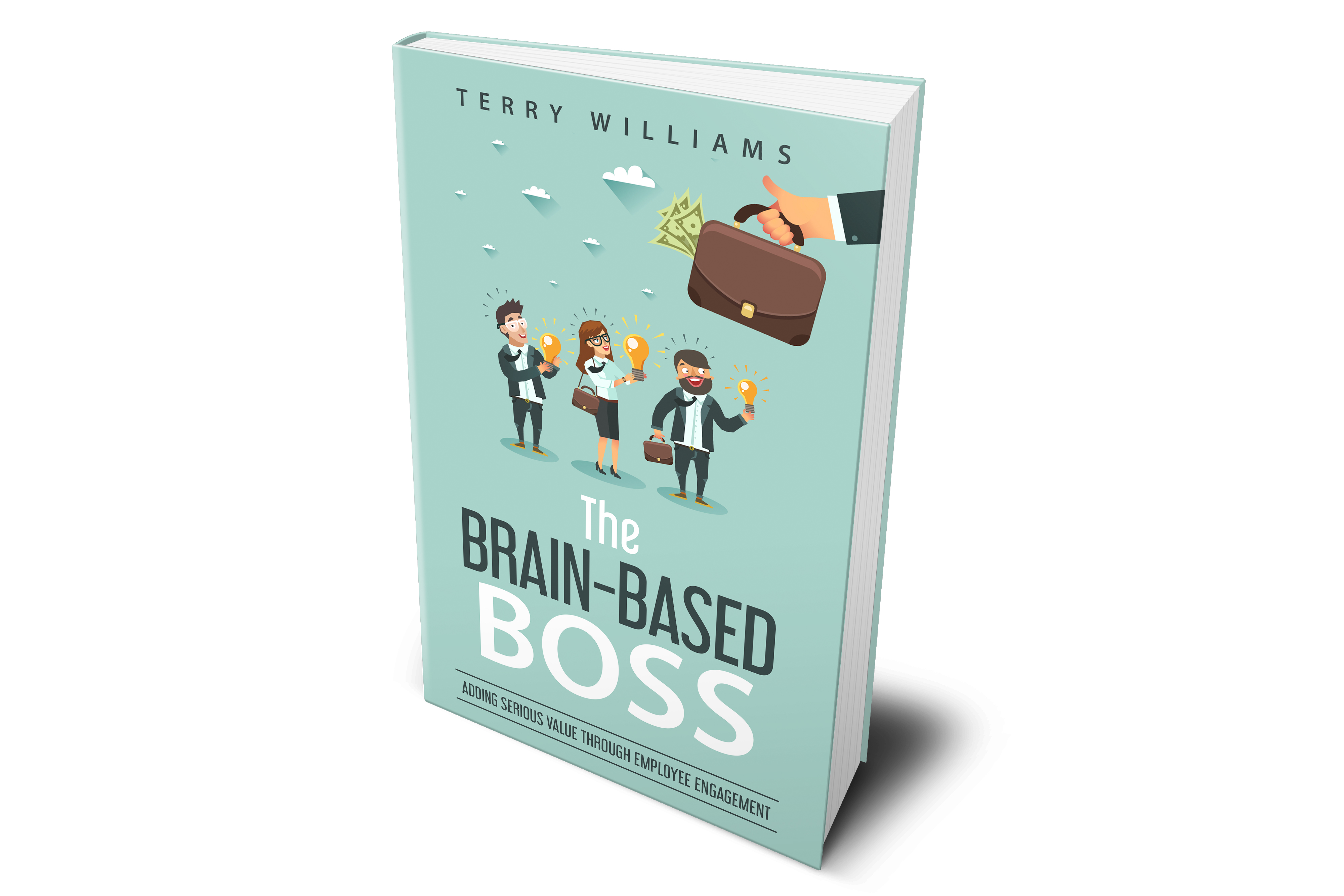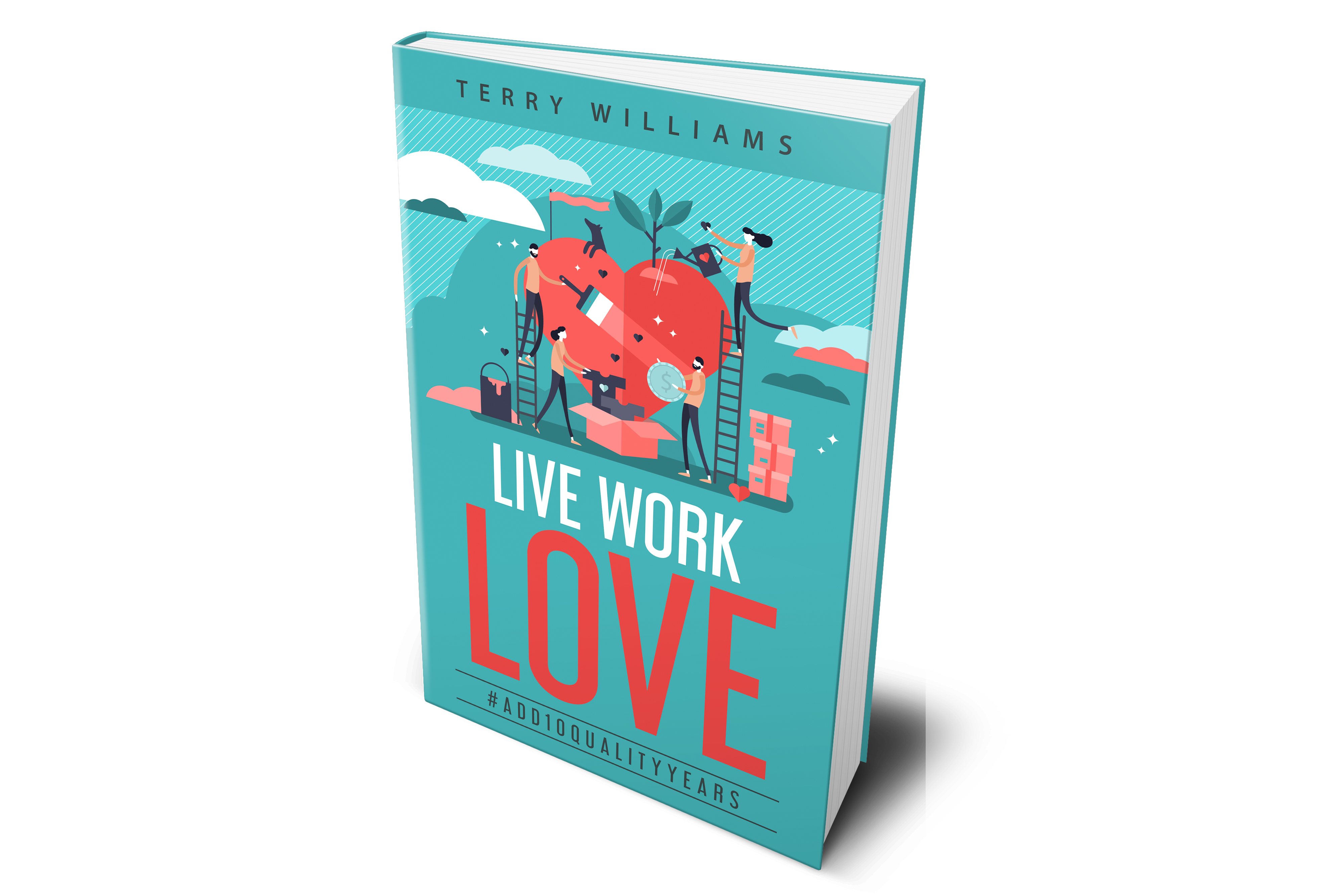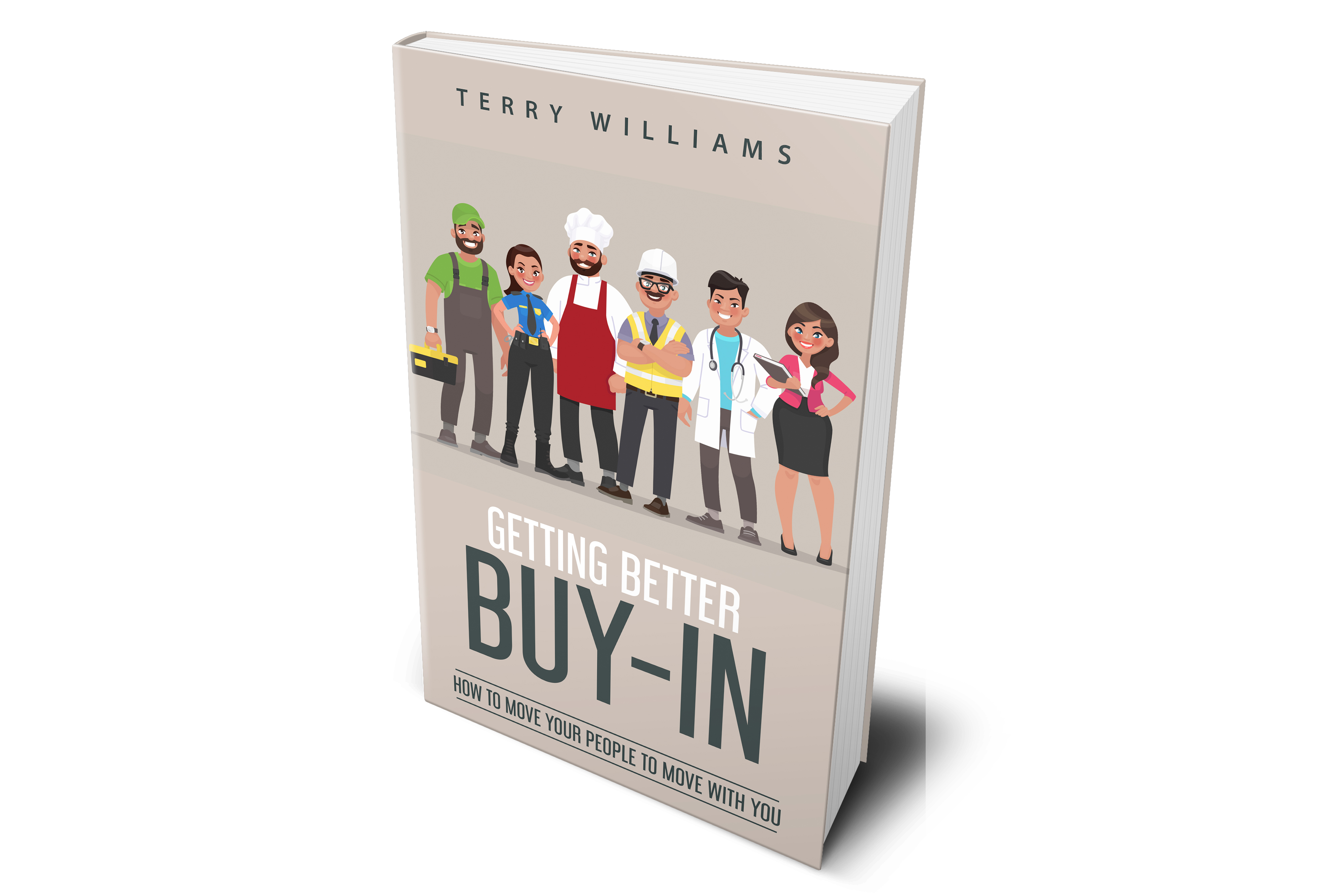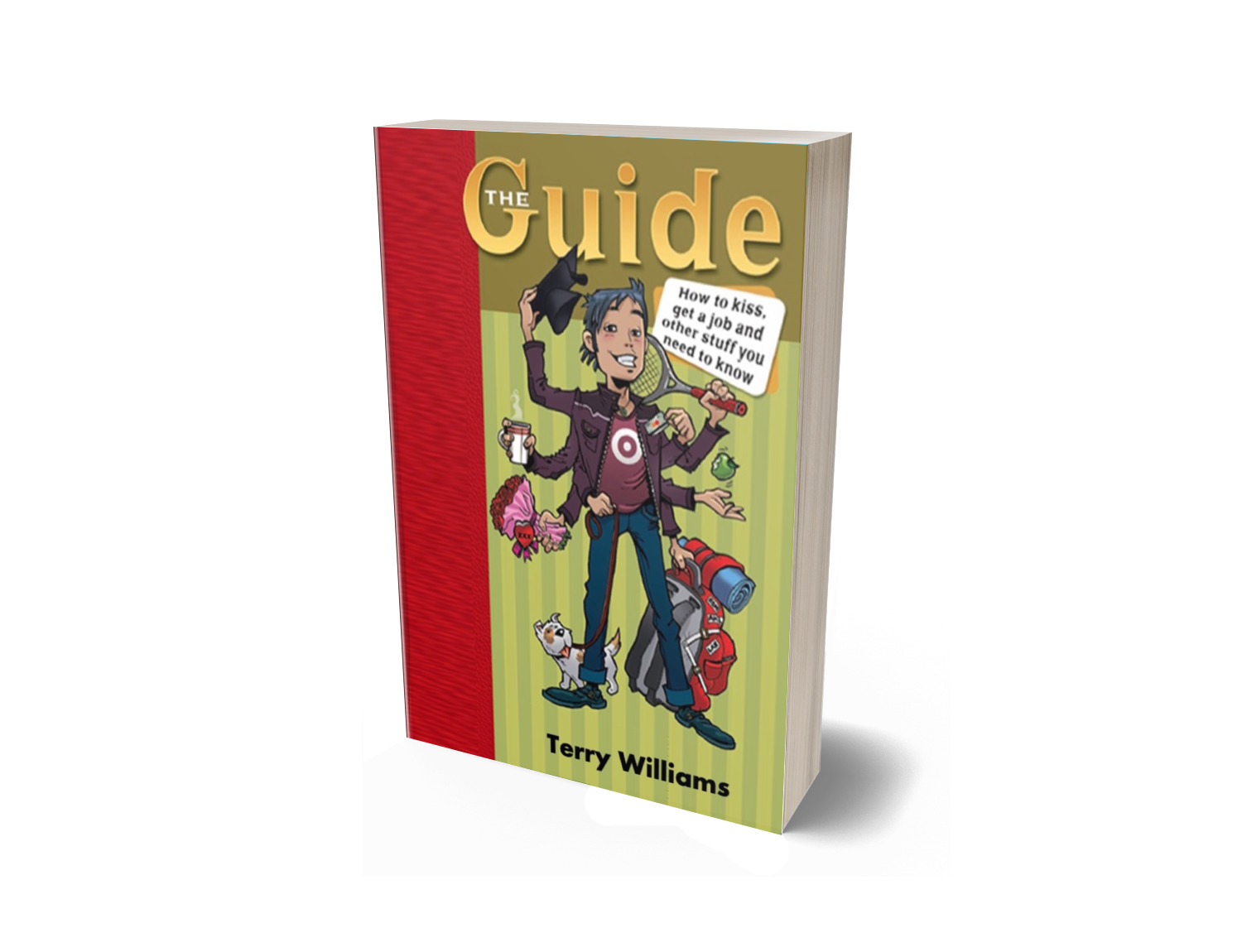Navigating Volatility: How to Maintain Productive Stress Levels in Yourself and Your Team

(Sign up for this newsletter in future via LinkedIn here: https://www.linkedin.com/newsletters/getting-better-buy-in-7018707415135117312/ )
New Zealanders are currently facing a number of challenges in this volatile environment. Never mind the economy, the recent flooding and cyclone (and its ongoing structural, social, and psychological aftermath) has drained energy, time, attention, and resources from business as usual, and the shortage of talented people has made it more difficult for firms to meet their staffing needs. At the same time, it’s important for individuals and teams to maintain productive stress levels, as stress can impact mental and physical health and lead to decreased productivity. (And, of course, just being decent human beings. I’m focusing on workplace productivity because that’s what I do but the decency thing I hope goes with saying. That said, I said it).
I’m going to overview the challenges faced by firms and the importance of maintaining productive stress levels – to get on top of them before they get on top of you. The recent climate catastrophes created disruptions to business operations and increased stress levels for individuals and teams. The shortage of talented people has made it more difficult for firms to meet their staffing needs, leading to increased pressure and workloads for existing employees. The volatile environment can create uncertainty and add to existing stress levels. It’s important for both individuals and teams to maintain productive stress levels, as stress can impact mental and physical health and lead to decreased productivity. Some of the effects of stress on individuals and teams include:
- Decreased motivation and engagement
- Increased absenteeism and turnover
- Decreased creativity and problem-solving skills
- Decreased work quality and productivity
By proactively addressing these potential effects, individuals and teams can maintain their health and productivity, and better navigate the challenges faced by New Zealanders.
If this sounds heavy, here’s a pic of our new puppy Toby Batman:

I’ll cover all this in broad terms shortly but the key takeaway in this newsletter is a little technique that I’ve found incredibly powerful in recent years, both personally and professionally. It wasn’t put together with the floods in mind but it suits this time well. I include it in several workshops I run. The ‘Sustainable Stress’ 3-Question technique is summarised in this infographic.
This mission of this monthly newsletter is to capture and distribute what we at The People Engagement Experts have picked up that passes as wisdom in a form that is directly practical and useful. What trainers like me might call ‘takeaways’. Things like infographics, checklists, and templates. Books, presentations and training courses are great (as an author, speaker & trainer, I would say that) but most days they’re a bit much and people have work to do. This newsletter will feature one short-form tool each month. This month, it’s the ‘Sustainable Stress’ 3-questions technique above.
Stress is a normal part of life and can occur in response to various situations, including work, relationships, and events such as the recent flooding and cyclone. While some stress is normal and can even be helpful in motivating us to complete tasks, chronic stress can have a negative impact on our mental and physical health. Chronic stress can lead to symptoms such as fatigue, headaches, irritability, and difficulty sleeping, among others. The stressor aftermath of the floods is going to remain long after the waters recede.
In the workplace, stress can be caused by a variety of factors, including heavy workloads, tight deadlines, workplace conflicts, and the recent flooding and talent shortages. The current volatile environment can also contribute to stress and uncertainty, as employees may worry about their job security, the future of their firm, and other work-related concerns.
It’s important to recognise when stress levels are becoming problematic and take steps to manage it. By doing so, individuals and teams can improve their mental and physical health, boost their productivity and creativity, and better navigate the challenges they are facing. This can also benefit the overall health and success of the firm.
Self-care is an important aspect of managing stress levels and is crucial for maintaining both mental and physical health. Taking breaks throughout the day, even just for a few minutes, can help to reduce stress and recharge the mind. This can involve activities such as taking a walk, reading, or engaging in a hobby.
Mindfulness and relaxation techniques can be effective in reducing stress and promoting mental well-being. This can include practices such as meditation, deep breathing, and yoga. These activities can help individuals to focus on the present moment and release pent-up tension and stress.
Setting boundaries and prioritising tasks is another effective strategy for managing stress levels. This involves setting realistic expectations and creating a manageable to-do list. By focusing on the most important tasks and delegating or postponing less critical ones, individuals can avoid feeling overwhelmed and reduce stress.
Physical activity can play an important role in reducing stress levels and improving overall health. Regular exercise can help to release tension, improve mood, and promote better sleep, which can all help to reduce stress levels. Whether it’s through structured exercise such as going to the gym or a more relaxed activity such as taking a walk, incorporating physical activity into daily routines can be beneficial.
Open and effective communication is key in managing stress levels within teams. Encouraging active listening, where individuals listen and respond to each other’s concerns and needs, can help to build trust and reduce stress. Regular team check-ins can also provide opportunities for team members to discuss their concerns and provide support to each other.
Encouraging self-care and breaks for team members is an important aspect of managing stress levels within teams. This can include activities such as taking short breaks throughout the day, practicing mindfulness, or engaging in physical activity. Providing resources such as flexible schedules or time off for self-care can also be beneficial.
Providing support and resources to team members can also help to reduce stress levels within teams. This can include offering mental health resources, providing access to counselling services, or offering workshops and training on stress management techniques. Providing support can help individuals to better manage stress and improve their overall well-being.
Creating a positive and supportive work environment is also crucial in managing stress levels within teams. This can involve creating a culture that promotes collaboration, teamwork, and open communication. Encouraging team building activities and fostering a sense of community can also help to reduce stress levels and create a positive work environment.
I’ve discussed the challenges in the current volatile environment and the importance of maintaining productive stress levels for both individuals and teams. I’ve covered strategies for managing personal stress levels, including self-care and mindfulness, as well as strategies for managing team stress levels, including communication and support.
It is important for senior leaders to address stress levels within their teams in order to maintain productivity and well-being. Addressing stress in a proactive and supportive manner can help to improve the overall health and satisfaction of employees and ultimately contribute to the success of the organisation.
Senior leaders play a crucial role in addressing stress levels within their teams and creating a positive work environment. By getting onto the ideas I’ve covered, senior leaders can help their teams to better manage stress and maintain productivity in a volatile environment. We encourage senior leaders to take action to address stress levels within their teams and make a positive impact on their employees and organisations.
Have a crack at the 3-questions technique. Try to make it a habit. It really enables you to take control of stressors rather than them taking control of you. Let me know how you get on.
If you found this interesting or helpful, please share on LinkedIn (And beyond!)
Download your free eBook version of ‘Getting Better Buy-In’
Enquire about our training, presenting, or coaching services
The role of emotions in decision-making

Here’s a brief extract from my book ‘The Brain-Based Boss’:
Thomas Gilovich, a leading psychologist looking into decision-making and behavioural economics, said, ‘One of the most important findings from my field of psychology is that the tiniest little change in circumstance can have big impacts on people’s behaviour’.
Maybe you’re one of those managers who say things like, ‘They’re paid to show up and do a job, they should show up and do that job’? OK, fair enough. Go with that. Technically, you’re right. People should. All this psych, touchy-feely mumbo-jumbo is a waste of time.
It’d be a much simpler and duller world if that was true but it isn’t. In 1982, neurologist Antonio Damagio showed with his patient ‘Elliot’ that our brains cannot make rational decisions without emotional processing. ‘Elliot’ had an accident that damaged the part of his brain that processed emotions. As a result, he suffered from pathological indecision. That has nothing to do with ‘shoulds’ or ‘shouldn’ts’ but is simply a fact of our physical and mental systems.
You’ll read research later in this book about how to help people harness their subconscious and emotions to make better decisions and generate greater success at work. I always suspected that was true but I never suspected that without that emotional processing going on subconsciously, we wouldn’t just make inferior decisions, we’d be unable to make any decisions at all.
Sales Presentation Preparation
In my training workshops in recent months, I’ve seen an uptick in business-people who are not professional salespeople nor confident presenters wanting / needing / having to get better at delivering their own sales presentations.
Maybe you’re one of them, or someone in your team is?
Have you ever felt overwhelmed or underprepared when it comes to presenting your sales pitch? I’ve put together a comprehensive checklist to help you effectively prepare for your next sales presentation. From understanding your product or service to engaging the audience, this checklist covers all the key factors and presentation skills you need to consider prior to the actual delivery of your sales presentation. So why wait? There’s an image below this post but you can download your printable pdf copy now and give yourself and your team the advantage of being fully prepared for your next big pitch.

#salespresentation#salespitch#sellingskills#salestraining#presentationskills
If you found this interesting or helpful, please share on LinkedIn (And beyond!)
Download your free eBook version of ‘Getting Better Buy-In’
Enquire about our training, presenting, or coaching services
Let’s Write Right: 5 Tips for Professional Business-Writing

If I wasn’t paranoid before, then nothing will generate anxiety quite like writing an article about writing. The apostrophe, colon, and hyphen in this article’s title are staring right back at me dauntingly, as is the Oxford comma in this sentence after the word ‘colon’. And, yes, those are a pair of inverted commas around ‘colon’, not quote marks. Makes you want to abandon writing altogether, most of speech, and get back to the good old days of grunting around fires outside caves.
By professional business-writing, I’m not aiming at English literature professors or wannabe Shakespeares. (My spellchecker doesn’t like ‘Shakespeares’. It thinks there should be a comma indicating that Shakespeare possesses something. I’m blowing its mind by having plural Shakespeares). And, I’m not holding myself up to be the golden boy of the myriad of competing rules and guidelines of the English language. To me, professional business-writing is about clarity, meaning, efficiency, and effectiveness. What is the POINT of what you’re writing and what are you doing that is helping or hurting that effort?
Not everyone needs to be an English professor but one sure way to diminish your professionalism in the eyes of your staff, customers, or prospects reading what you’ve written is poor business-writing basics. Communication is the single most critical element in engaging people. In an age of text-speak and consulting jargon, one sure way to stand out positively from the crowd and noise is clear, simple, and persuasive written communication skills.
I’ve had several books published, as well as being a regular columnist in industry media. I watch with amazement at professional proofers doing their job. Neither you nor I need to have that level of skill and precision, but we can all improve our results and lessen our regrets by following a few simple principles. I’m not calling them ‘rules’. The thing with English is that every time you have a rule, you soon find many exceptions. I before E anyone?
In one of my workshops, I met a trainee who ran a clothing boutique. They’d sent out a mailbox drop in their neighbourhood promoting their latest fashion arrivals. Their intention was to communicate that many of the shoes matched up nicely with many of the trousers on offer. They referred to this matching as, “These shoes are complimentary with these pants”. Unfortunately, what they meant was, “These shoes are complementary with these pants”. You see, one of those words means ‘matching’ but the other one means ‘free’.
Here are what I think are five useful tips. Insert colon to indicate the beginning of a list… or an ellipses to be cute which is probably professional for me but perhaps not a law firm…
1. Write from the reader’s point of view
Are you including information useful and relevant to the reader or just brain dumping to get it out of your head or make you look like an expert? They don’t have time to read everything and there is a lot of competition for their attention. How often are you using the words “you” and “your” compared to “me”, “my” and “I”?
2. Ambiguity is the enemy
I saw a billboard advertising ice cream that was, “97% fat-free and gluten-free”. Can a gluten-intolerant person eat that ice cream? It’s ambiguous. I saw a magazine cover, “Rachel Ray loves cooking her family and her dog”. How do her family and dog feel about this?
3. If in doubt, leave it out
If you’re not sure, how can you be sure they’re sure? If you can’t explain to me where and why you might use the word ‘whom’, then don’t use that word.
4. Less is more
Do I need to expand this? I hope not.
5. Purposefulness
What is the purpose of your document? Is it to sell, influence, or inform? Should that one email be three emails instead? Check all your ideas that you might include back against the over-riding purpose of the document. If it isn’t working for your purpose, it’s working against it. Leave it out or append it.
Become A ‘Hub’: How knowing who knows is more important than knowing

I was running a public workshop on sales skills. I wouldn’t say there was a real mix of folks. With one exception, the participants were pretty experienced salespeople. Some were up for a refresher. Some had hit a wall or ceiling, or had hit a rough patch or they’d had a particularly frustrating or negative sales experience. Some were taking on new people themselves and wanted help codifying what they inherently knew so they could teach others.
The one exception was a young man. I don’t know how young exactly. If I was on the door at a pub, I’d card him without hesitation. He worked for a marine equipment outlet. They serviced boats and sold boat bits. This chap had been an avid sailor as a child and via a family connection had scored an after-school job sweeping up, tootling around on small deliveries, etc. He said he’d enjoyed those days; an income, immersion in the behind-the-scenes of a world he loved, and motivation to aspire to work his way up the ladder. An employee discount! He impressed the employers enough that, upon leaving school, he became a full-time employee.
At the point I met him, he’d been on the shop floor as a retail assistant for six months. This wasn’t your typical entry-level retail role. If you’re selling shoes, sure you might have to learn about the specifics of certain shoe brands but you know what shoes are and how they work. With these yacht parts, it was technical with a breadth and depth of complexity. After six months, my trainee was awash in frustration at not already being an expert in everything. Even most people’s default reasonable response to technical customer enquiries of, “I don’t know but I’ll find out and get right back to you” was wearing thin. It wasn’t like he’d say it a couple of times a day. He said it seemed like every single customer. And, that continual reinforcement of his own perceived inexpertise was a vicious downward morale spiral. In his time on-site outside the shop, he was expected to sell – by observing what the customers were up to and how their products and services might add value.
For myself, my starting position is to ask questions of my own clients or prospects when I’m in that situation. I don’t sell boat parts; I sell myself. All my clients are different and I have little chance of ever knowing everything about all of them so why bother. I accept that I don’t and can’t and turn it into an advantage. I ask questions. I show interest. I don’t pretend to know more than them. As a sales technique and as a self-care technique. It works well for me.
So, I asked my trainee some questions: what have you learned in your six months; does everyone know everything; how much new stuff is there to learn even for those who have been there a while? It turned out he’d learned quite a bit. His employers were fine with his rate of progress. The frustration was his alone. He also learned that, apart from him, the average employee in that firm was been there near 30 years. I set him a challenge: how can you turn what you perceive as a failing and turn it into a strength, a competitive advantage? How can you ‘flip it’? How can continuously having to take customers to other staff members be a good thing, for you, the store, and the customer?
And, he did it. He flipped it.
What he did know, better than anybody else, was who did know. All his hand-holding of customers to other staff had taught him who the specialists on different topics were. He knew that more than anyone else, even the boss, especially around new and changing technologies. He developed a bit of banter that sounded confident, “Great question. I’m not THE expert on that but I know who is. They’ll be free in a minute. I’ll take you to them and introduce you and your question…” He would then listen in and learn with them, both about the product and the customer.
It worked. He would go on to become the ‘glue guy’ that other, more experienced, staff would turn to when they faced questions outside their specialised expertise. He became a hub and is now extending that outside his shop’s staff to wider industry people. Give him a year or two and he’s going to be quite the influencer and salesperson. Networks. Connections. These are terms both in sales and technology. And both rely on hubs. Be a hub.
As a sales-person, we should probably put a decent amount of effort into learning about the products and services we sell. But, increasingly the pace of change is such that we cannot hope to know it all and keep up to date. But, we can proactively create and maintain our connections, not as a weakness but as a strength.
#SalesTraining
Learn more at www.terrywilliamstrainer.com
Choice, Bro?

People value choice and try hard to get themselves into positions of choice but choices often undercut our happiness. When it comes to being a ‘chooser’, people fall into one of two categories. Maximizers seek out the best possible choice. They make social comparisons, eventually make better choices on average but are less happy afterwards. Indeed, maximizers are more prone to depression generally. Satisficers are happy enough when good enough is good enough. They make less good choices but are happier afterwards.
Social psychologists Sheena Lyengar from Columbia University Business School and Mark Lepper from Stanford University conducted a famous study in 2000 that involved observing people at a jam stall offering samples and sales to passers-by. They showed that when shoppers are given the option of choosing among smaller and larger assortments of jam, they show more interest in the larger assortment. But when it comes time to pick just one, they’re 10 times more likely to make a purchase if they choose among six rather than among 24 flavours of jam.
When faced with too large an array of choices, people are less likely to make any choice at all or, if they do, they feel less satisfied. After all, what are the odds, given the large numbers of choices, that you picked the best one? People are less confident, feel greater regret and bear a greater opportunity cost, particularly in lost time.
Yesterday I did my weekly grocery shopping. I counted the number of varieties of toothpaste available to me – 17. I keep getting the same variety, not because I think it’s especially superior but because changing seems like awfully hard work. I’m prepared to work hard for a lot of reasons. That is not one of them. The research shows I’m not unusual. (I’m pretty sure I’m very unusual in lots of other ways but not in this regard.)
In case you’re thinking jam buyers are simple folk who can’t handle complexity, Lyengar did effectively the same study on investors. They looked at 800,000 employees from 647 companies investing their retirement savings, choosing between two and fifty-nine options. Referring to retirement plans in the U.S. (401Ks), Lyengar said, “People are given enormous incentives to participate through tax shelters and employer matches. So, essentially, if you choose not to participate, you’re throwing away free money”. Guess what many of the people with too many choices did? They threw away free money. With two choices, 75 per cent took part, but when given 59 choices, only 60 per cent did. The more options there were, the more cautious people were with their investment strategies.
What are we supposed to do about this? How are we supposed to guide those we lead to deal with choices? Social psychologist Alexander Chernev of Northwestern University’s Kellogg School of Management’s research suggests the best approach to avoid the problems that come with too many choices is to enter the decision-making process with an ‘articulated preference’. You then accept the first choice that at least meets that preference. Yes there may be better options available but there is a cost attached to bothering to look.
I’m not suggesting that if your company is looking for many expensive new computers that you shouldn’t test the market and receive and thoroughly assess a multitude of proposals. But when individuals are faced with choices, this is their human reaction. Schwartz says, “You may do slightly less well objectively, but you’ll feel better about the results”. And you spend all that time you save and better feelings being more productive.
Social Ability
Loneliness is a disease. Conversely, hanging with true friends can cure or, at least, prevent or mitigate actual diseases. Sociability is a double-edged sword – it depends who you socialise with. Good friends are good for you but not all friends are good friends.
A study published in the journal Cancer followed women with Ovarian cancer. Those with high levels of social support had lower levels in their blood of a protein called Interleukin 6 (IL-6.) This protein is linked to cancer aggression. This group also responded better to treatment. Those with low levels of social support had 70% higher levels of IL-6 and in the organ where the tumour was, the levels were 250% higher.
A study by David Siegel published in Lancet found in women with breast cancer that high levels of social support doubled the survival and recovery odds, as well as lower reported levels of pain.
This isn’t all touchy-feely stuff. There are simple practical benefits to having a close network of friends. Quite apart from the emotional support, for which there are demonstrable physiological positives, they can provide resources and information as well as advocate for you when you may well be least able to. They can round up others or raise money or do things for you. This is obvious and simple, yet dangerously impactful when absent. Maybe your butler could do a lot of that if you had a butler? You’d probably need a team of butlers. This might be the screenplay to the movie Arthur 3. (Here, good friends would tell you that there should never be an Arthur 3. There should never have been a second one.)
Tom Valeo wrote: “People with social support have fewer cardiovascular problems and immune problems, and lower levels of cortisol — a stress hormone,” says Tasha R. Howe, PhD, associate professor of psychology at Humboldt State University. “Why? The evolutionary argument maintains that humans are social animals, and we have evolved to be in groups. We have always needed others for our survival. It’s in our genes. Therefore, people with social connections feel more relaxed and at peace, which is related to better health.”
“One thing research shows is that as one’s social network gets smaller, one’s risk for mortality increases. And it’s a strong correlation – almost as strong as the correlation between smoking and mortality.”
I prefer to spell ‘sociability’ as ‘social-ability’. It’s an ability, a skill, which some of us should get better at.
#resiliencetraining
Persuade via Tangibility

When it comes to influence and persuasion, a visual approach can be more effective. Jeni Cross, a Sociologist at Colorado State University, speaks about a campaign in her State to encourage homeowners to insulate their houses. Education and publicity managed to get 20% of homeowners to insulate. The new campaign tripled that rate achieving a 60% insulation rate. What did they do?
Their presentations applied three approaches:
· Tangibility
· Personalised
· Interactive
For example, instead of reporting to a homeowner that they had sixteen metres of gaps letting out expensive heat. They showed them what that looked like in total. It was a hole the equivalent size of a basketball. They knew what a basketball looked like and its scale.
You know conceptually what 7 grams is, but when that 7 grams is represented by a photo of a can of coke with 10 sugar cubes next to it, that has a dramatic and pragmatic effect on actual behaviour.
Thinking About Thinking
The Anableps is a type of fish found in Central and South America. It is also a metaphor I use in my training and writing. Its local nickname is ‘the four-eyed fish.’ It doesn’t literally have four eyes but its two eyes each have two divisions that function, effectively, as separate eyes. It’s primarily a surface-dwelling floater and, as such, can be preyed upon from above by birds and from below by bigger fish (there’s always a bigger fish).
The Anableps can see above and below the waterline at the same time! I don’t know if you believe in a God or Gods or mother-nature or pixies. That something like the Anableps can exist and evolve through random chance is, if not a miracle, mother nature having a good day at the office.
Coolness aside, it’s also a cool metaphor as it represents the need to look at a situation on two levels at the same time. One of the primary means of developing yourself is receiving feedback on your performance. It’d be great if you had a coach following and observing you and providing you with behaviour-based, esteem-building, specific and timely feedback at all hours. But you don’t. No one does. But – wherever you go, there you are. To be able to observe yourself in action, as objectively as possible, and give yourself feedback is a major development accelerant.
Just like the Anableps, you watch the person you’re having a sales conversation or performance discussion with and, at the same time, observe yourself in action.
It’s called ‘Metacognition’ – thinking about thinking. Our awareness of other people’s states depends on how well we know our own. It’s the starting point to get away from ingrained behaviours and habitual responses.
So, forget Bette Davis Eyes, put on your ‘Anableps Eyes’.
#personaldevelopment #selfimprovement #coaching #leadershipdevelopment
Improving culture and engagement
I’m onto the 2nd day of a 2-day workshop I’m running with some new leaders in an organisation in the sports ‘industry’.
Had a quick ole brainstorm yesterday around some commonalities between sporting leadership and business leadership, especially when you are both. Here are a few off the list. Gotta say it’d be hard to argue that if you targeted one of these a week for a couple of months, you wouldn’t make some decent inroads into improving culture and engagement:
· Alignment of personal and team goals as much as practicable.
· Becoming active, if not necessarily perfect, communicators.
· Eliminating “they” and “them” when teammates are talking about each other.
· Self-generated peer-to-peer recognition.
· A consistently understood and agreed sense of building something together.
· The elimination of defensiveness.
#leadershiptraining #leadershipdevelopment
